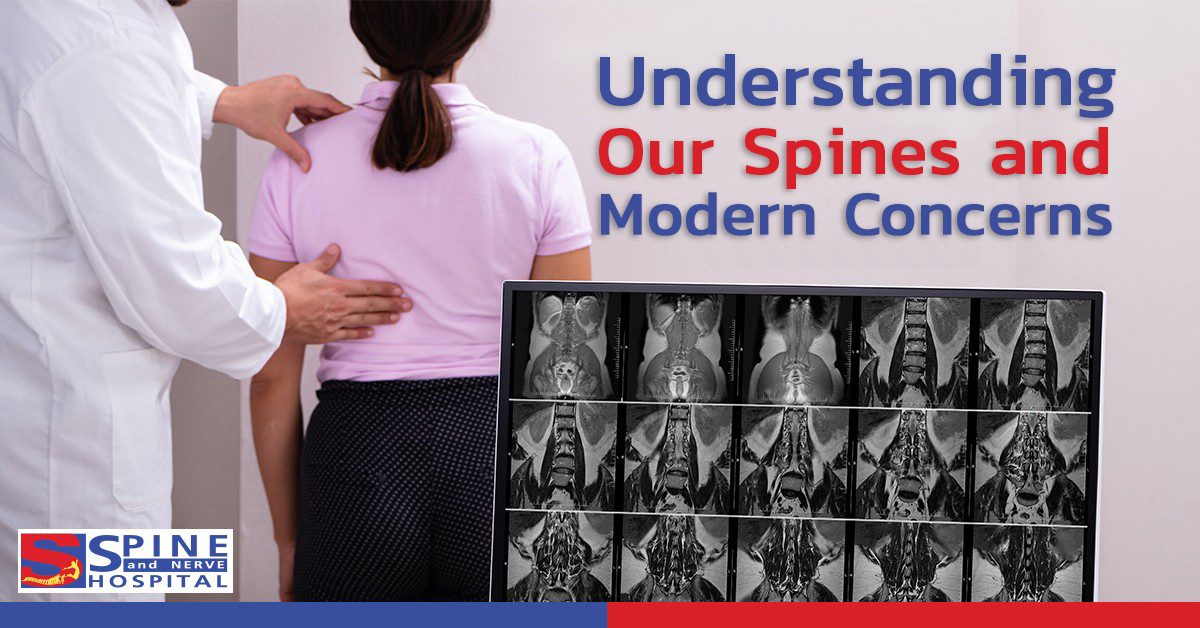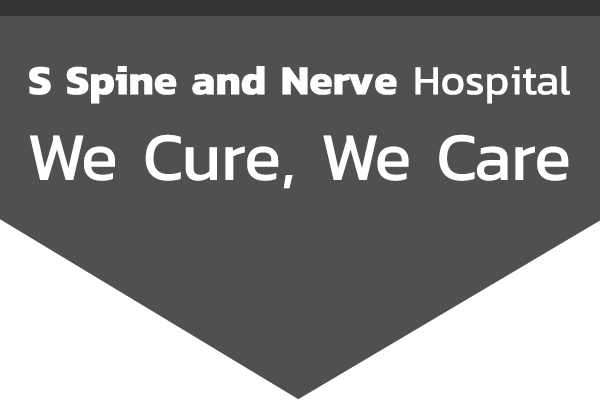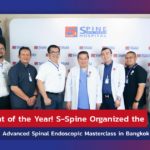Understanding Our Spines and Modern Concerns

As we dive deep into the intricacies of our spine, let’s begin by understanding the increasing prevalence of hunching and forward head posture. Far from being ordinary postural habits, these are physiological abnormalities that people of all ages and genders can exhibit. Some might have these postural challenges since birth, while others might develop them later in life, either during their teens or as they grow older. Left unchecked, these abnormalities can lead to severe issues, including herniated discs and spondylolisthesis.
Moving further down the spine, scoliosis is another area of concern. Its existence is not new, with the condition having diverse origins, such as congenital, neuromuscular, idiopathic, functional, and degenerative lumbar scoliosis. Each type presents with varying symptoms and severity, but there are common signs to look out for, like uneven shoulders, leaning torso, and a distinct curvature in the spine
Thailand 4.0, a representation of our tech-driven society, has brought its own set of spinal challenges. One such issue gaining prominence is the “Text Neck Syndrome,” a subset of the office syndrome ailments. With technology deeply embedded in the daily lives of the newer generation, this syndrome can lead to rapid spondylosis, further aggravating existing postural abnormalities like kyphosis. The posture we adopt during prolonged work hours or phone usage can cause us to hunch, arch our back, and protrude our neck, leading to sustained muscle contraction in the back. This results in muscular soreness and fatigue and can also impact the intervertebral disc, especially in the lumbar region. Such disc issues can manifest as pain, numbness, or even weakened leg muscles.

Furthermore, frequent downward glances at our phones increase the risk of text neck syndrome. Even a slight tilt forward of the head amplifies the weight our neck and shoulder muscles must bear, leading to increased tension and, over time, potential injuries. As we understand and navigate these spinal challenges, it becomes imperative to make conscious decisions and adjustments in our daily lives to ensure the health of our spine.
Self-Assessment and Postural Adjustments
Immediate adjustments to your habits can often mitigate the need for invasive treatments like surgery. But to make these changes, it’s essential to first understand and recognize postural abnormalities. Let’s walk through a couple of self-check methods.
First, stand with your back against a wall. Ensure both your heels and shoulders are in contact with the wall. If your tailbone doesn’t touch the wall, it could be an indication of a postural discrepancy, particularly hunching and forward head posture. The second method involves keen observation. Pay attention to the height of your shoulders, the prominence of your scapula, and the positioning of your hip bone. By standing with your feet together and bending forward to touch the floor, any unevenness in your back’s prominence will be evident. Having grasped the potential repercussions of postural issues like hunching and forward head posture, the next step is preventative and corrective action. Consistent attention to your posture throughout the day, coupled with an ergonomically arranged workspace, can help counteract the adverse effects of prolonged sitting and screen time. Regularly assessing and adjusting your posture, especially when using mobile devices, is crucial.
Additionally, incorporating stretches and exercises targeting the neck, shoulders, and surrounding muscles can be beneficial. Such routines not only strengthen these muscles but also ensure proper joint alignment and balance, paving the way for correct posture. This, in turn, can minimize the risk of chronic ailments like headaches and neck or shoulder pains.
If, however, you suspect a deeper spinal problem, consider a comprehensive evaluation. Institutions like the S Spine and Nerve Hospital offer specialized assessments for such concerns.
Reference
Moore, K. L., Agur, A. M.R. and Dalley, A. F. 2011. Essential clinical anatomy. 4th ed. LippincottWilliams & Wolters Kluwer business, Philadelphia.









